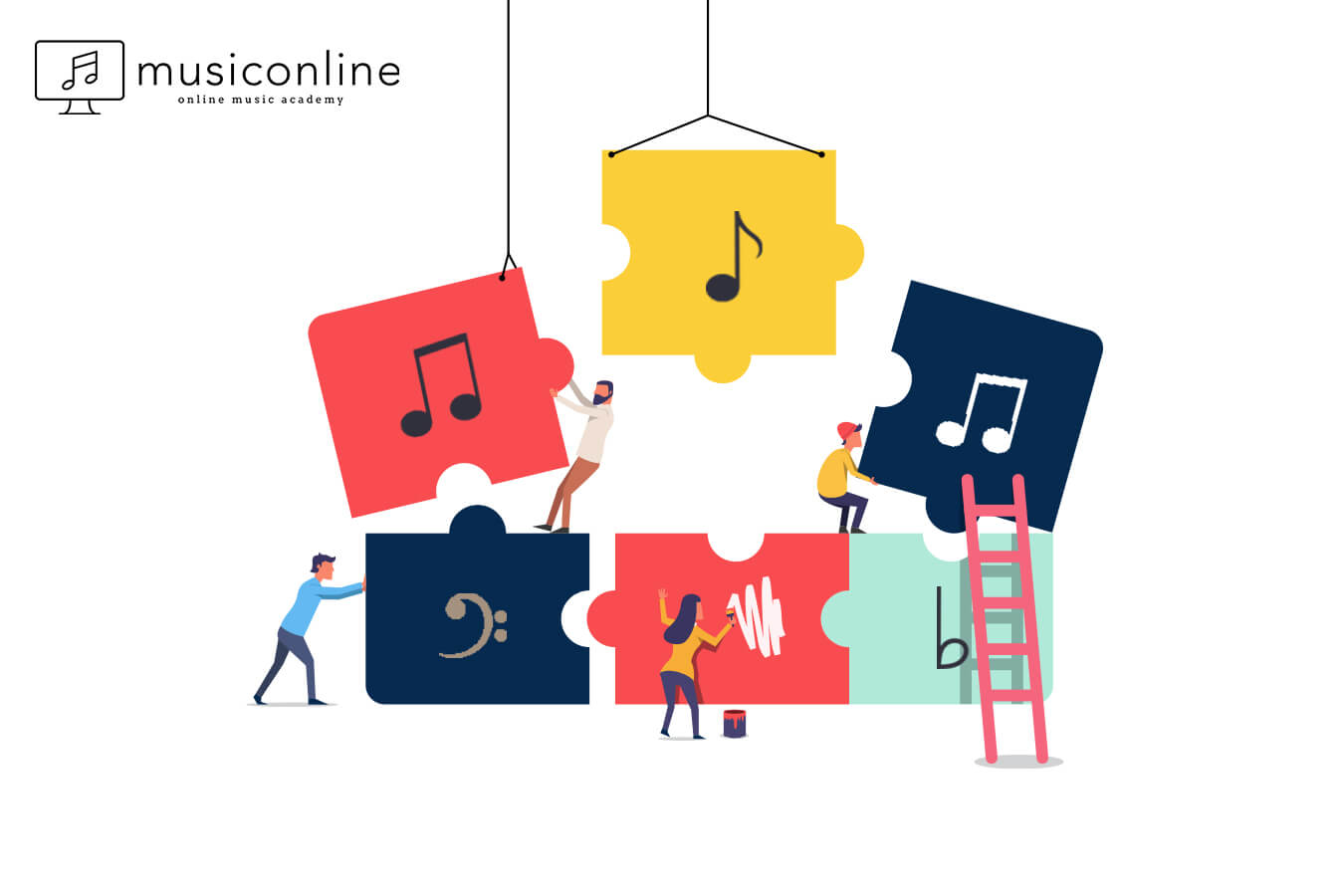musiconline blog
news about us & everything about music on our blog!
The Romantic Period In Music
Historically, music from the beginning of the 19th century to the beginning of the 20th century coincided with the Romantic Period. Since it is the closest musical era to the present day, most of the works we listen to today belong to the Romantic Period.
Many artists such as Brahms, Wagner, Chopin, Liszt and Paganini lived and made great contributions during this period. Although it is the most influential period in politics and philosophy, the emergence of the concept of art philosophy that affects all arts takes place in this process.
While the independence movement in the USA in 1776 marked the French Revolution in 1789, the romantic artists continued to stay away from this political turmoil. Beethoven called all humanity to unification and brotherhood with his 9th symphony. In music, poetry and painting, praise for nature has a special place, and composers have made nature sounds and feature an indispensable part of the Romantic Period. However, the political storms that were hard to stay without reacting in the 1870s affected the artists of the Romantic Period. At the beginning of the 19th century, music forms were removed and committees were established for concerts and festivals.
The Romantic Period brought many innovations to the Classical Period. Long and descriptive tunes, colourful harmony, freedom and flexibility in rhythm are among them. In major symphonies minor tones are dominant instead of major tones. When the music, which moves along a certain tone line, reaches the end of the piece, it returns to the basic tone and form, and there are no such patterns for romantic composers. Therefore, they have the authority to extend the word as much as the emotions are conveyed. Waltz, Polonaise, Mazurka, Romance, Nocturne, Fantasia and Ballade are the new forms added. The most prominent artists of the romantic period were Beethoven as the initiator, and Wagner as the finishing.
The most important instrument of the period is the piano. Franz Liszt and Frederic Chopin are the two most important names. While Liszt demonstrates his talents with a hard technique, Chopin has a soft playing style. Instrument techniques have also changed during the period in which the general form changed and the patterns were broken. Chromaticism which is the half-intervals in the works and modulation which is the change of tone have begun to be used.
You can learn about other periods by looking at our articles ‘Musical Eras’, ‘The Baroque Period in Music’ and ‘The Classical Period in Music’. Soon, we will share our article on the Contemporary Period. You can subscribe to our weekly newsletter here to be informed about blog posts instantly. Follow musiconline!


